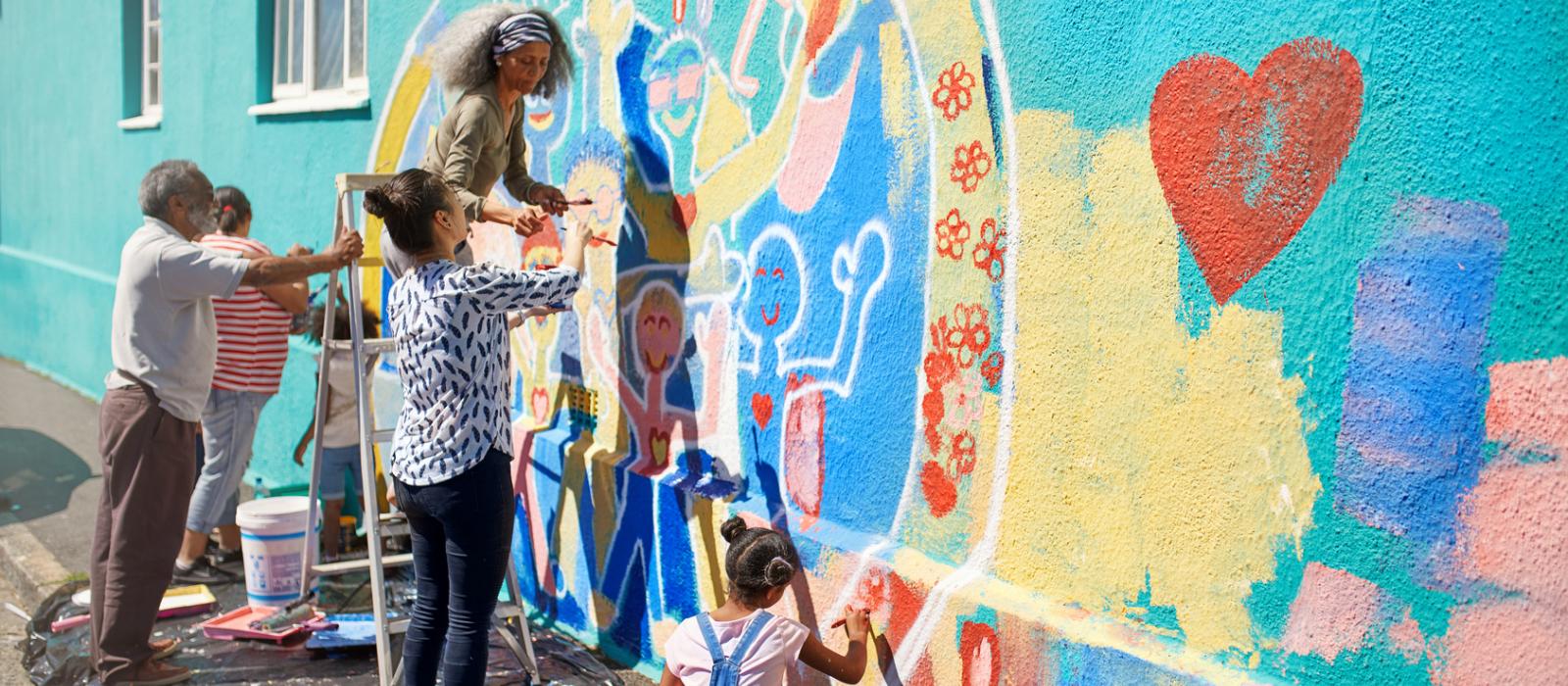The National Endowment for the Arts (NEA) awards thousands of grants each year to provide opportunities for arts participation. But historically underserved communities with rich and dynamic cultural identities frequently have reported lower arts participation rates than other groups.
To address the disparities and better understand the dynamics, the NEA, in partnership with South Arts and in collaboration with the five other U.S. Regional Arts Organizations (RAOs), has launched a new grant program called ArtsHERE. The program will provide funding for organizations that work with underserved groups and communities and have demonstrated a commitment to equity. The NEA will document and evaluate the program to better understand how grantees approach their work.
We spoke with Bahia Ramos, Wallace’s vice president of the arts, to get a better sense of this new project and hear more about Wallace’s role in it.
What is the big idea behind the ArtsHERE program, and how did Wallace come to be involved with it?
ArtsHERE is an example of how organizations can coordinate around a common vision, in this case the importance of advancing equitable access to the arts. The NEA and South Arts have collaborated with all of the regional arts organizations in the U.S. on the development of the ArtsHERE guidelines and outreach around the program. The Wallace Foundation is supporting ArtsHERE by providing matching funds to the Regional Arts Organizations.
How does ArtsHERE relate to the other work that Wallace is embarking on in the arts?
Our Wallace initiative has dual goals: Strengthening the capacity of arts organizations of color to benefit their communities; and documenting and sharing insights with practitioners, policymakers, funders, and industry leaders to support equitable and sustainable improvements across the arts ecosystem.
When we began our work, field leaders told us that most arts organizations of color are relatively small. They said our initial initiative design, which sought to work primarily with larger organizations and later apply their findings to smaller ones, risked replicating past inequities in funding for the arts and compromising our efforts to build relationships and trust with arts organizations of color. In response to this feedback, we decided to start working with smaller arts organizations of color earlier and make a larger total investment in them. This would allow smaller organizations to build their capacity and broaden our ability to learn about the sector as a whole.
Key to our work with the smaller organizations are partnerships with arts intermediaries, like the regional arts organizations that ArtsHERE is collaborating with, and other service organizations who serve arts organizations of color. These partnerships can offer us an effective way to support and learn about smaller arts organizations that we might not have otherwise known about.
How can the work ArtsHERE is doing help inform other similar programs?
We hope that the research generated by this program will illuminate the diverse strengths, needs, and goals of arts organizations of color and their communities. We hope it can also demonstrate to policymakers and funders how investments in arts organizations of color can enhance wider community well-being.
If ArtsHERE can enhance the understanding of how arts organizations of color define their success and connect with their communities, then maybe it can also help expand the field’s understanding of what it means for an arts organization to thrive. This can help us all create better models.
If the ArtsHERE program is successful, what changes do we hope to see more broadly in the arts?
We envision a more equitable arts ecosystem in which the contributions of arts organizations of color are better understood and recognized with greater access to sources of support. We also hope to see practices that reflect a deep orientation toward community contributing to a more sustainable ecosystem for all arts organizations.
To learn more about ArtsHERE and see if you’re eligible to apply, click here.




